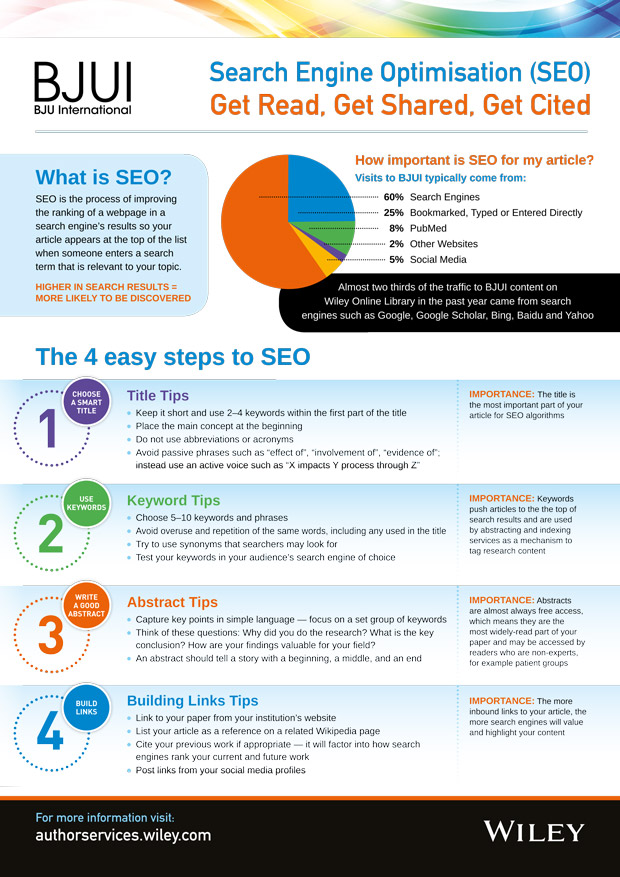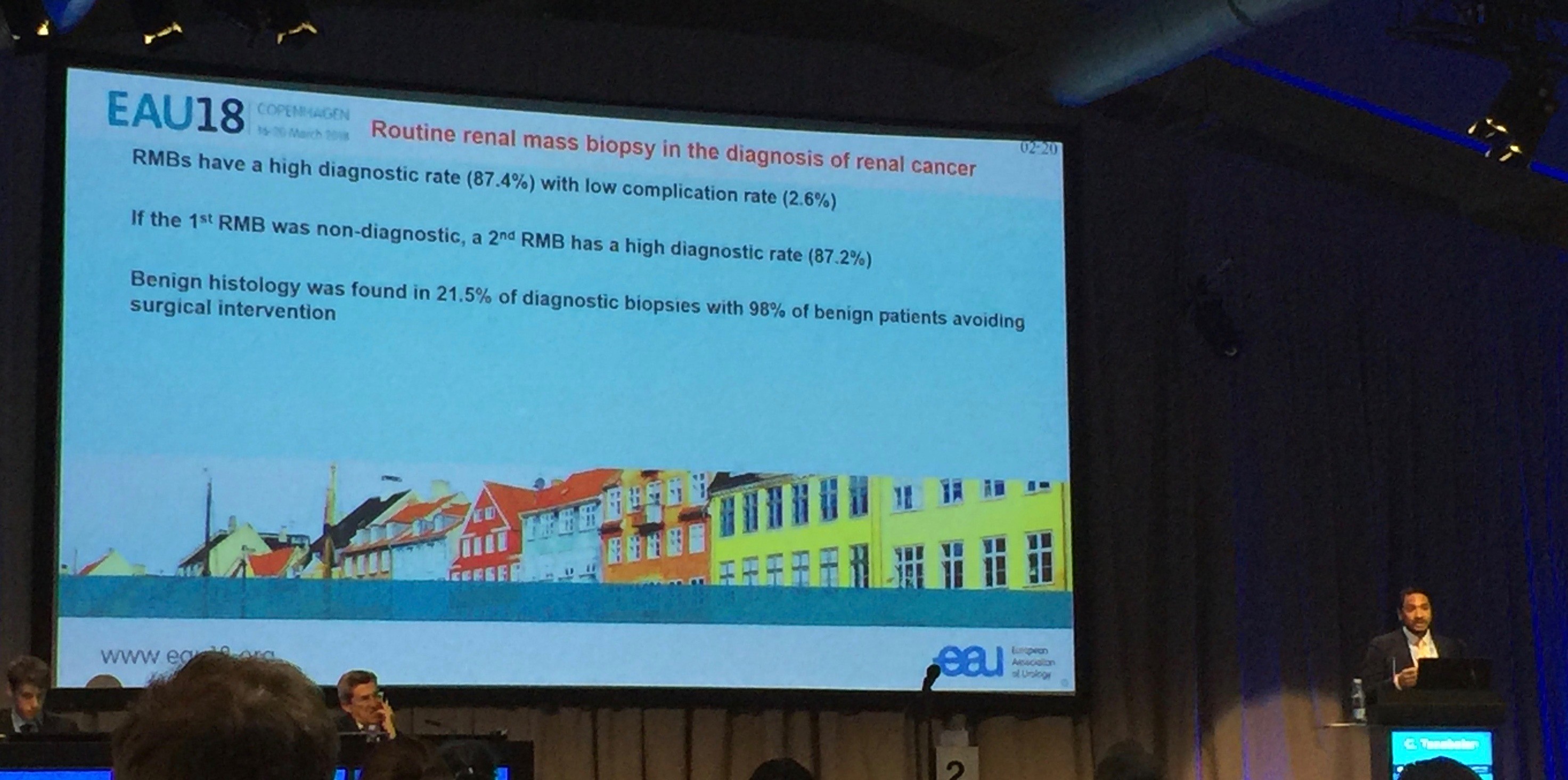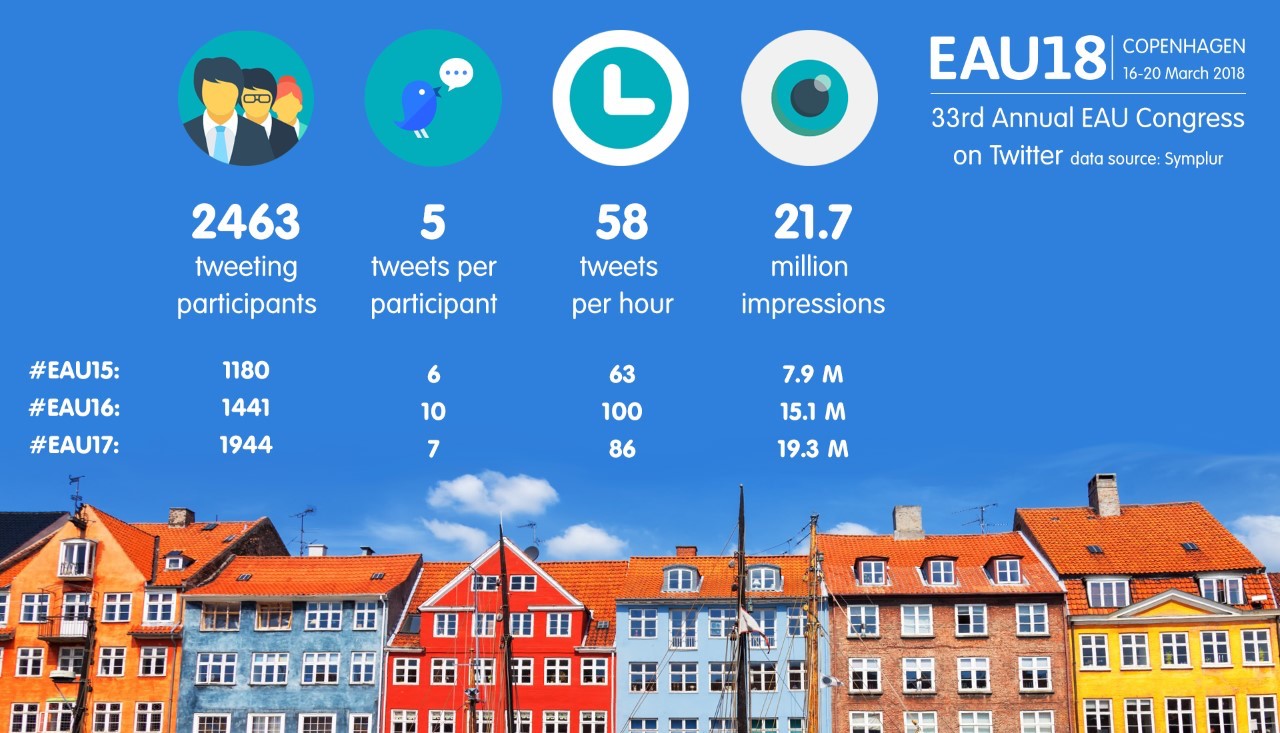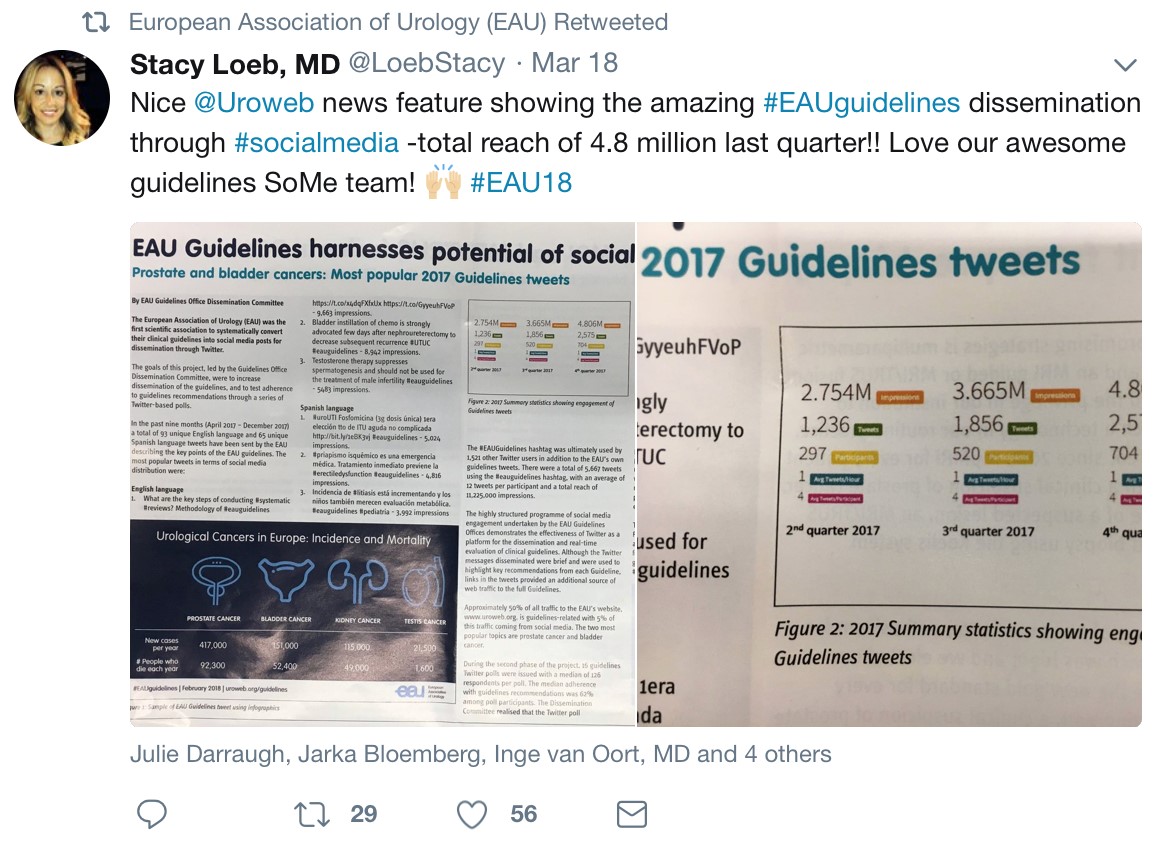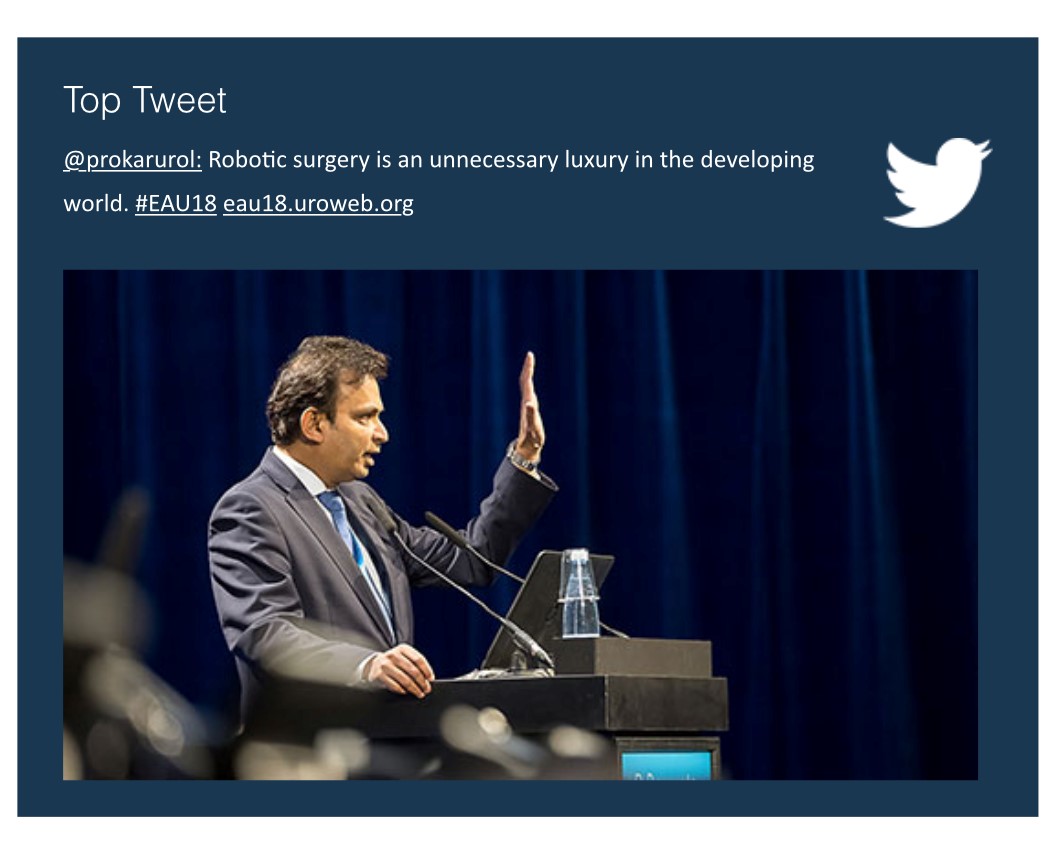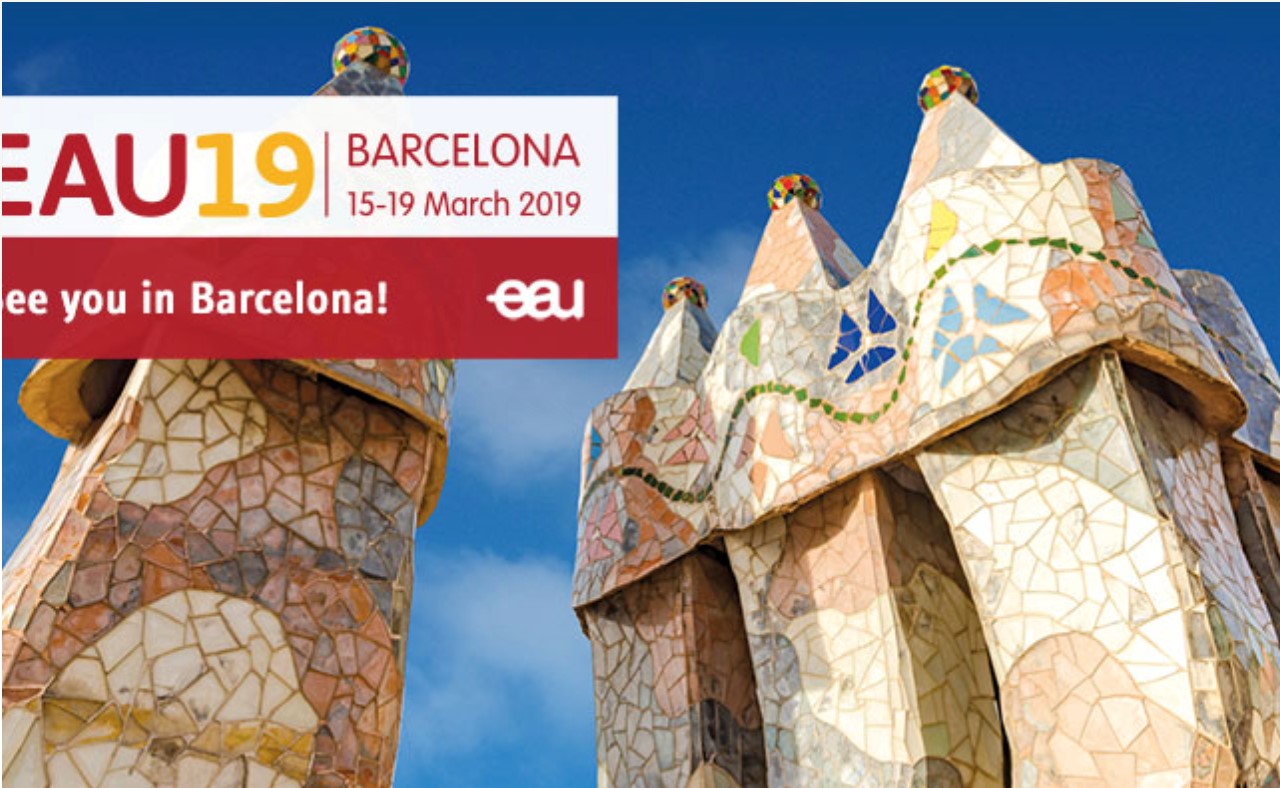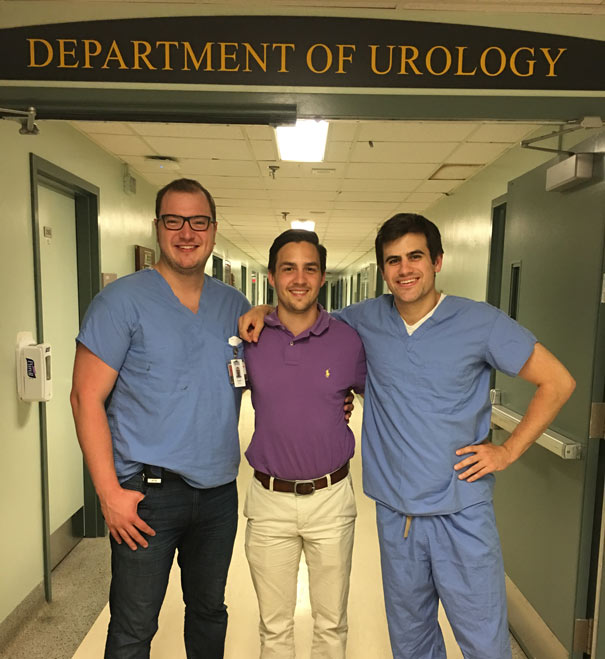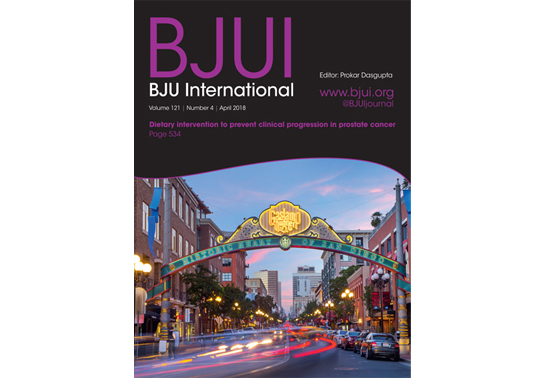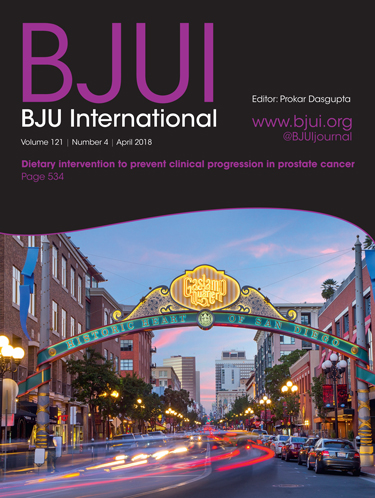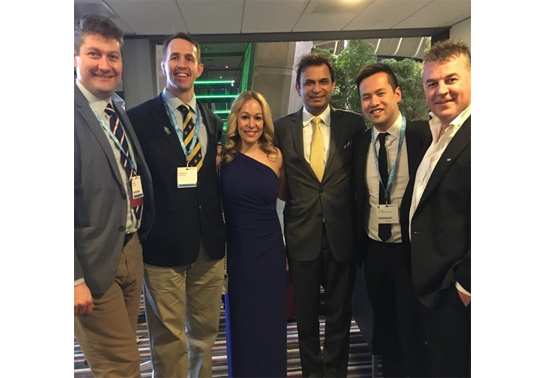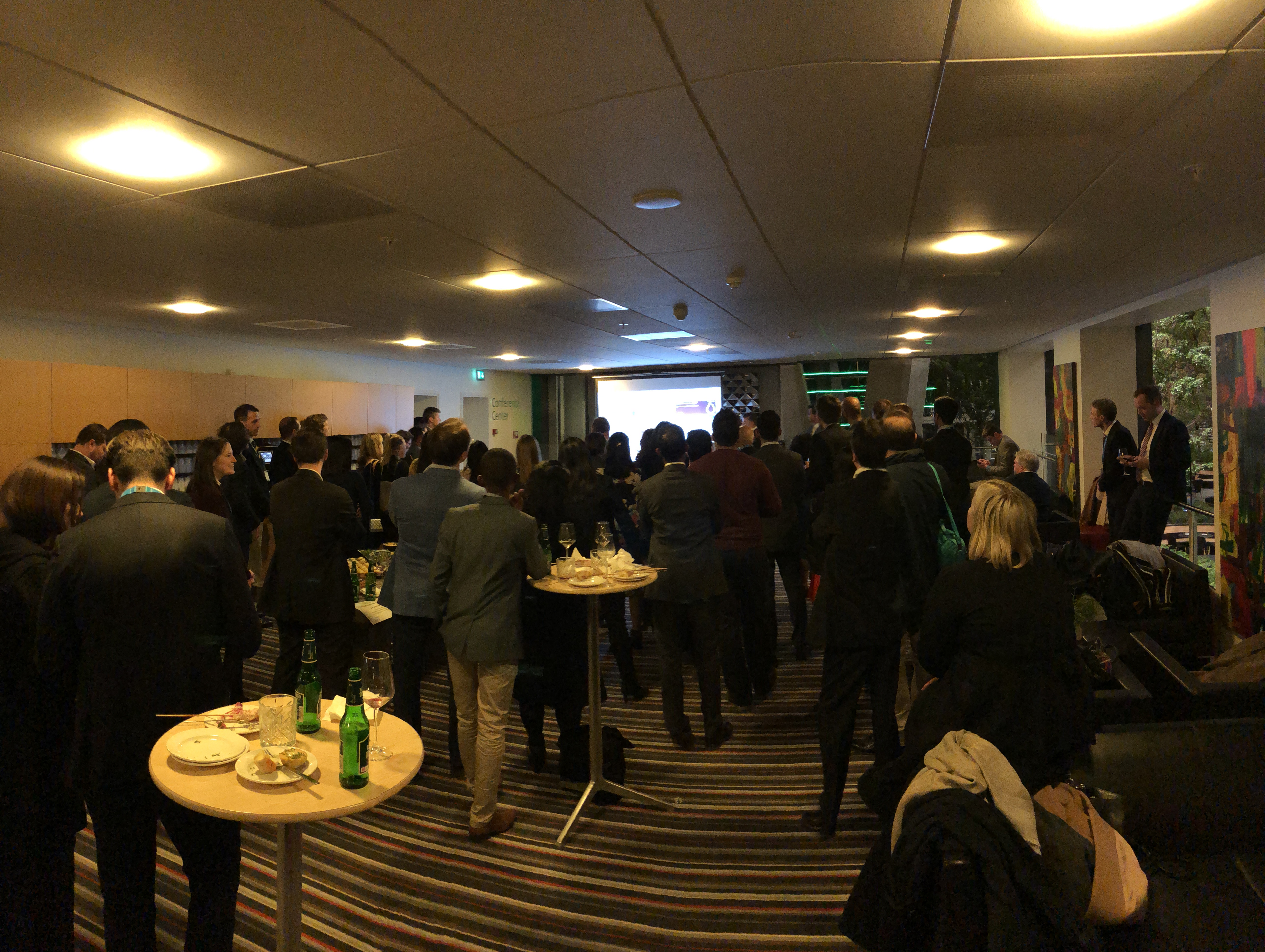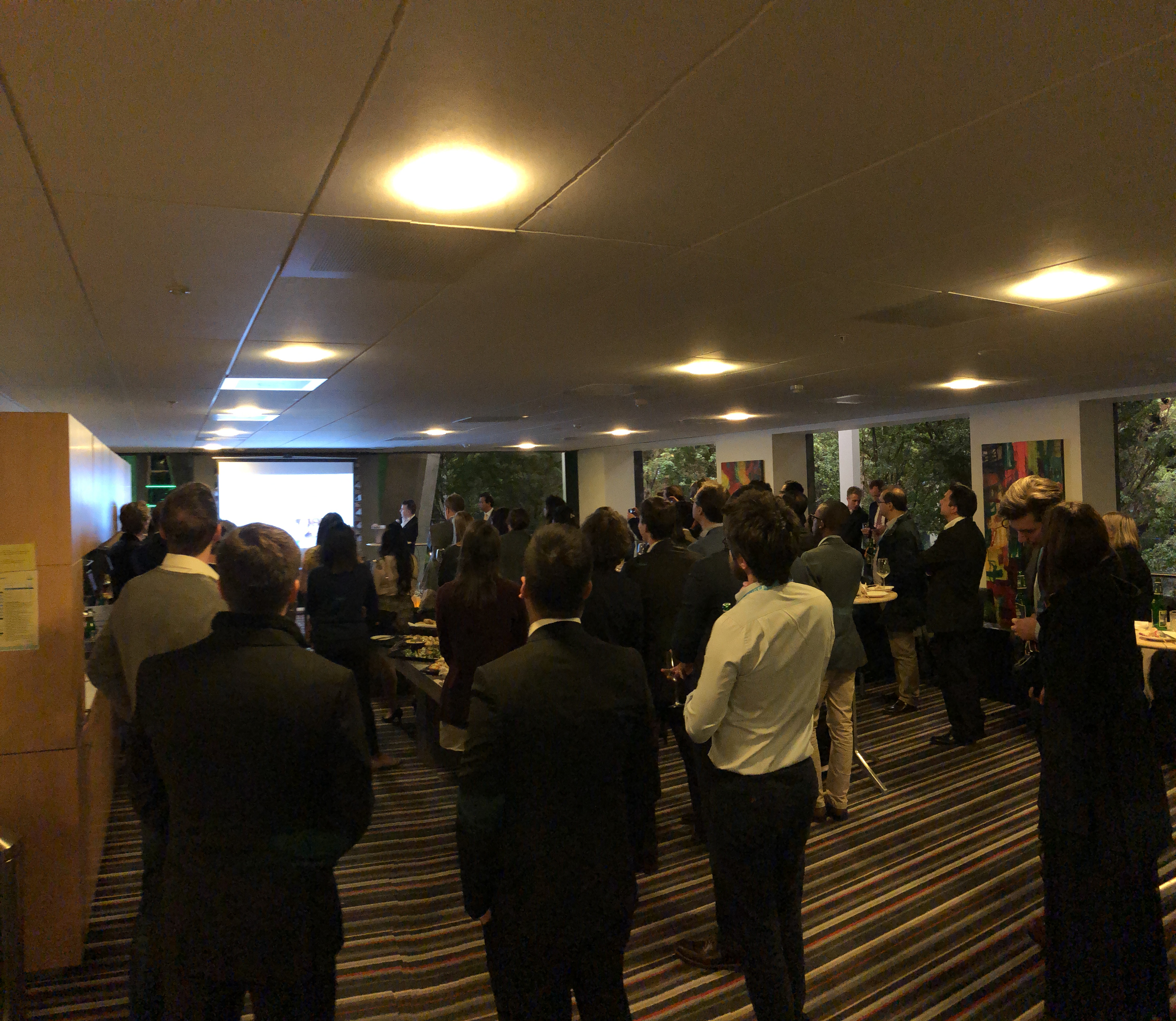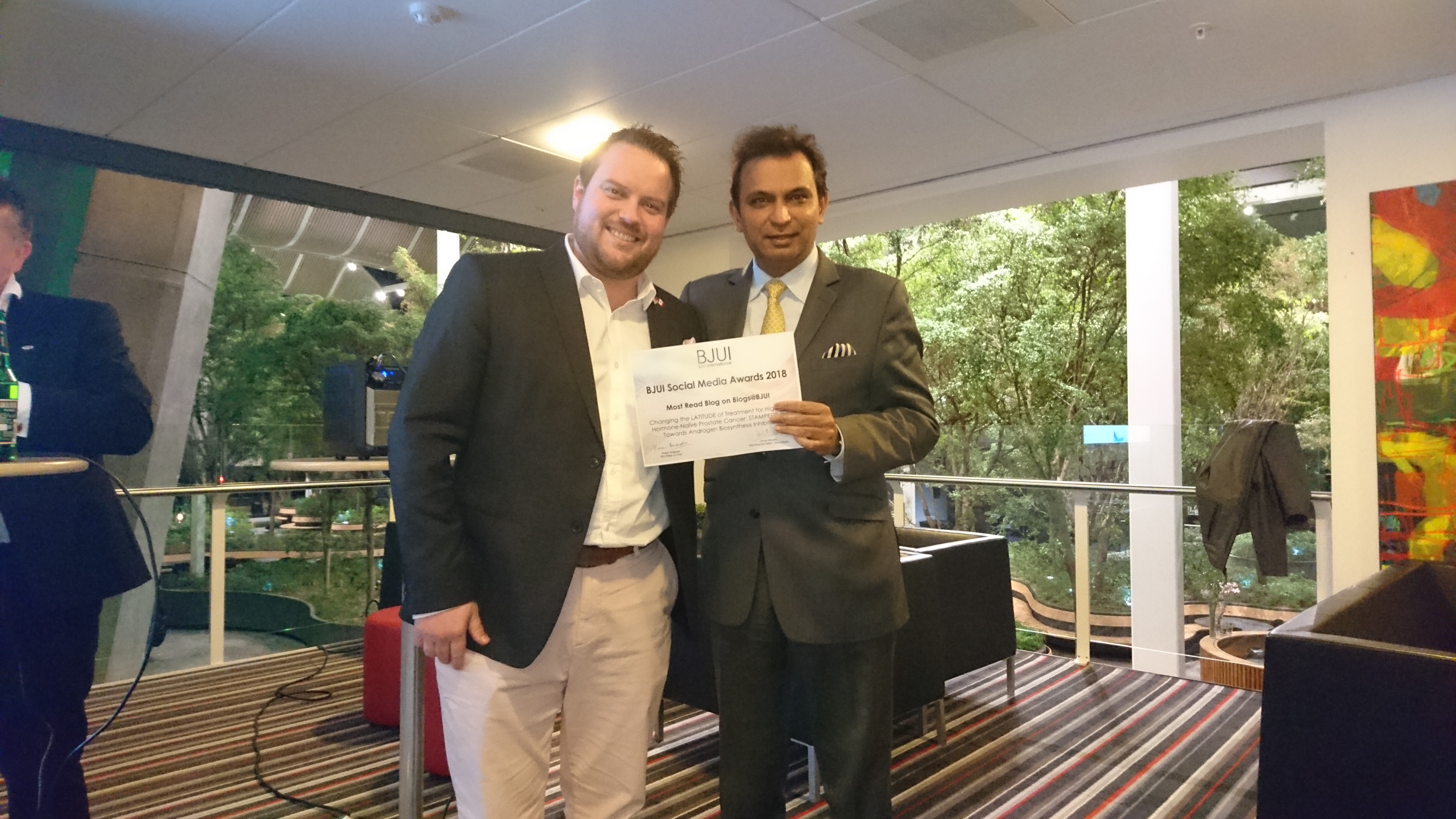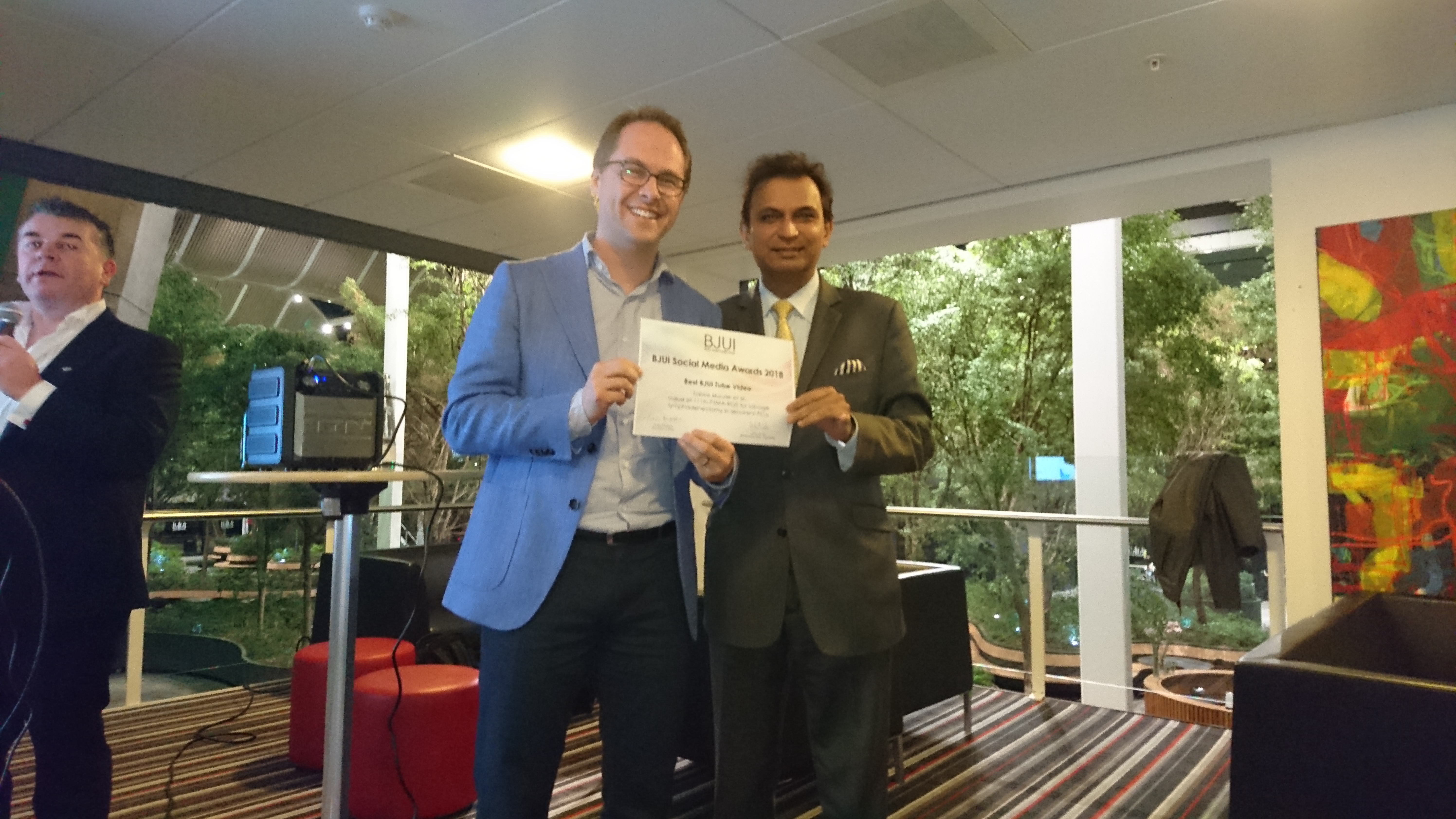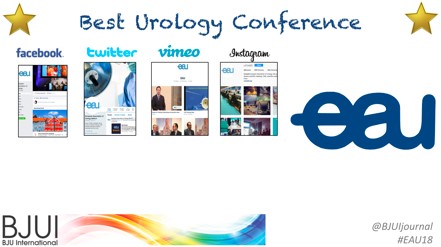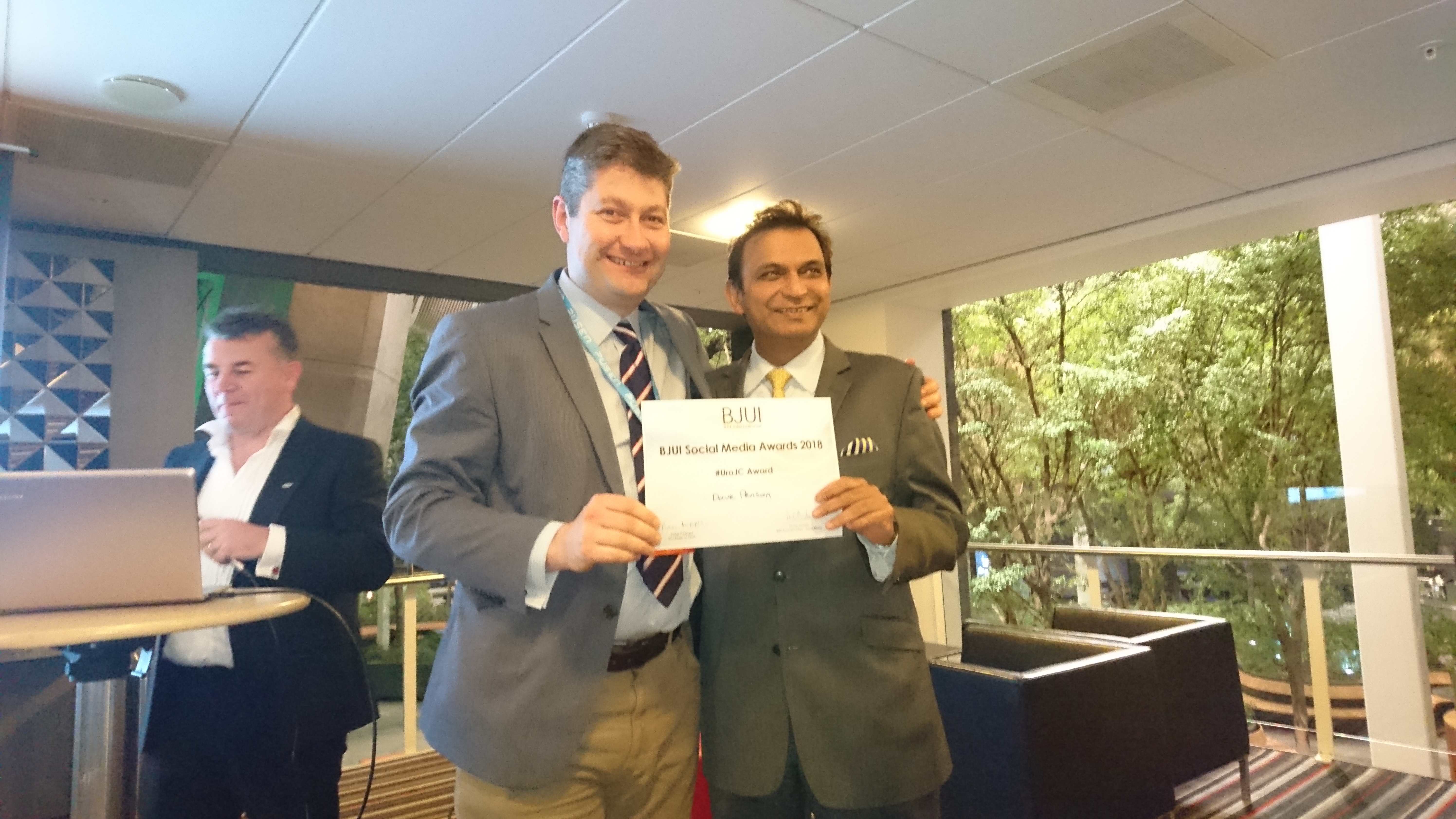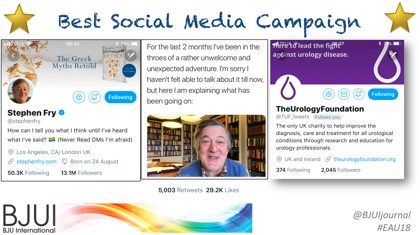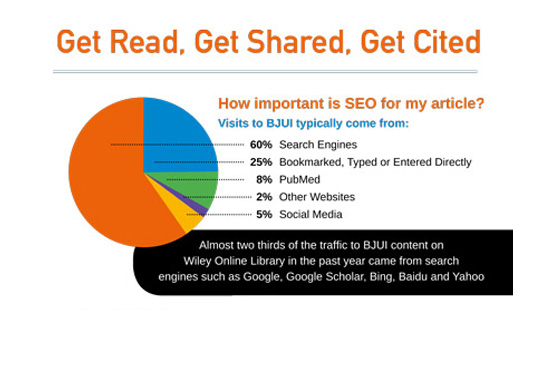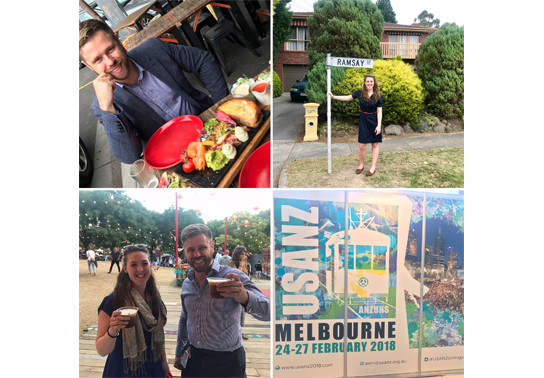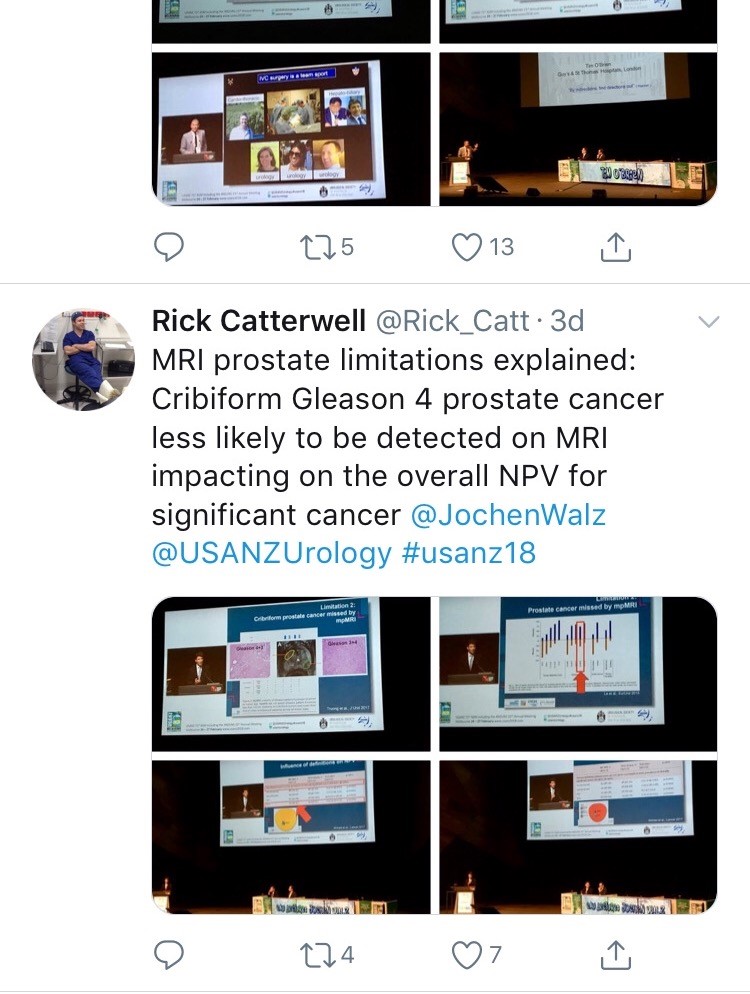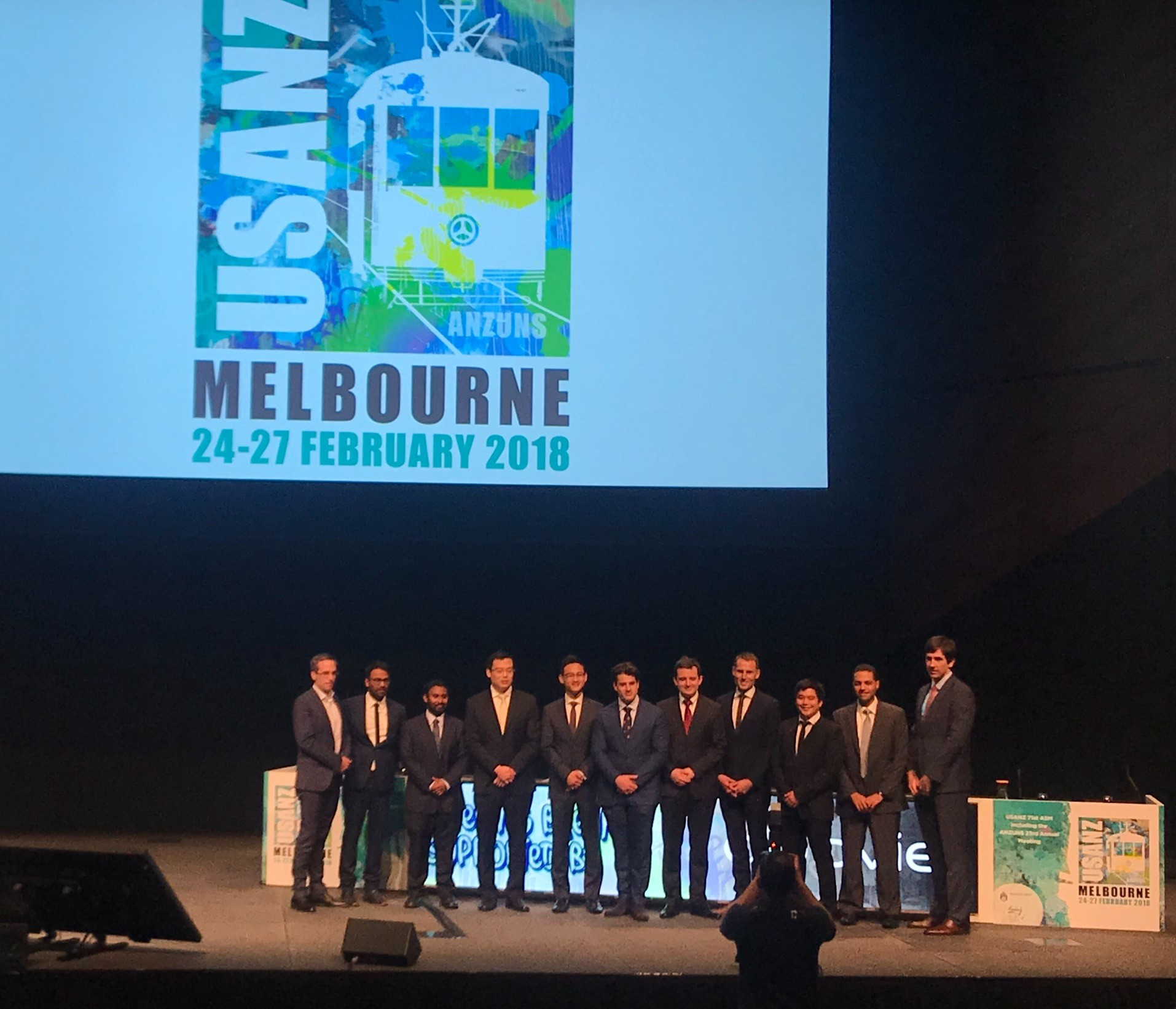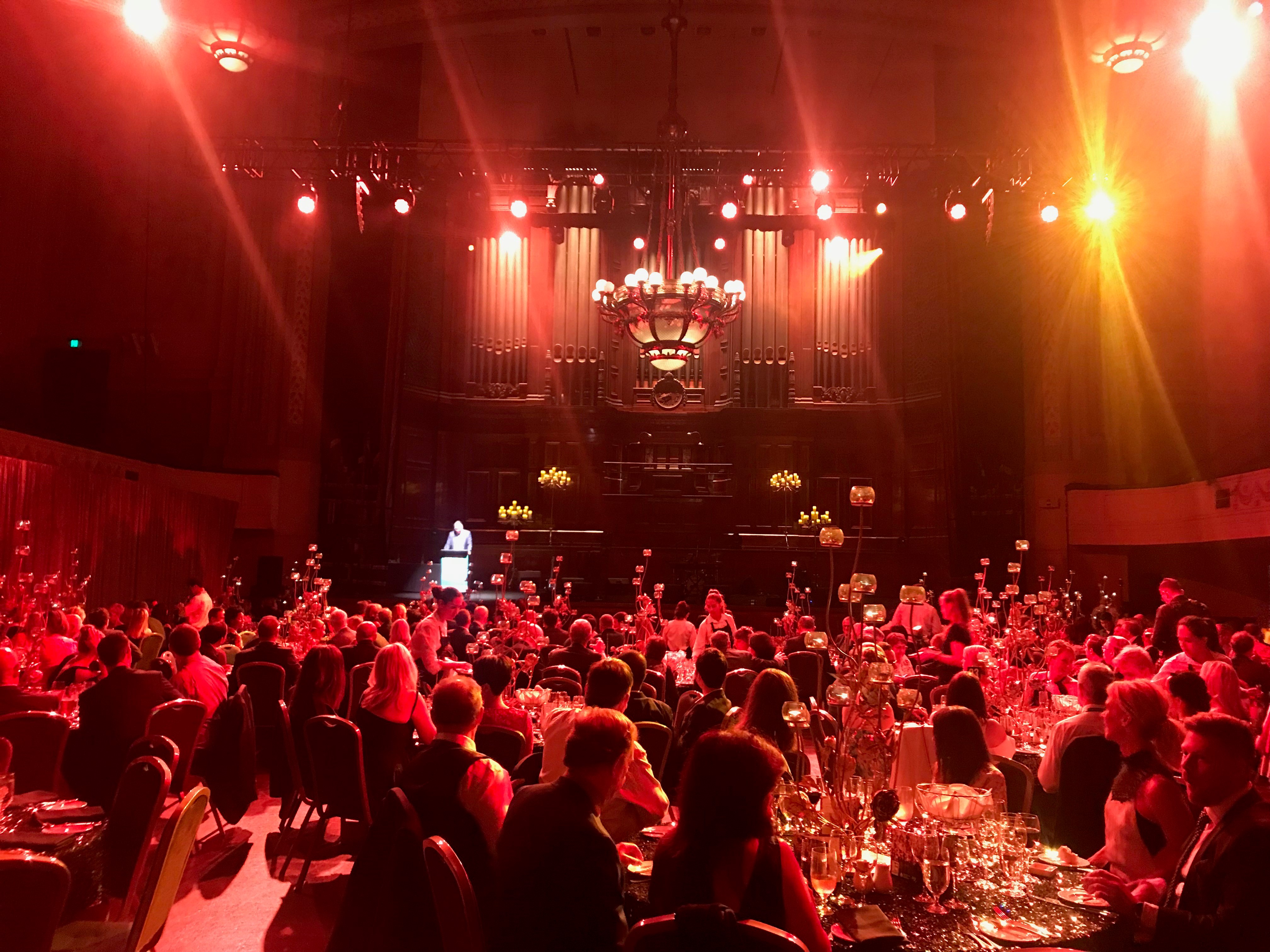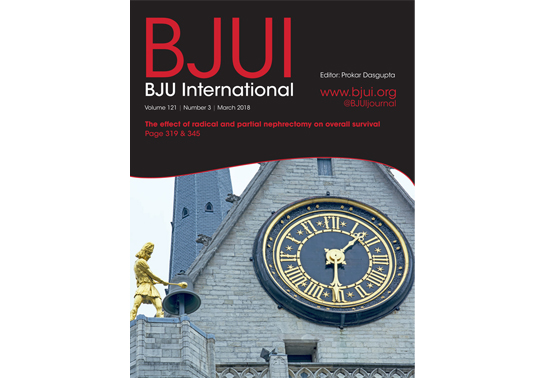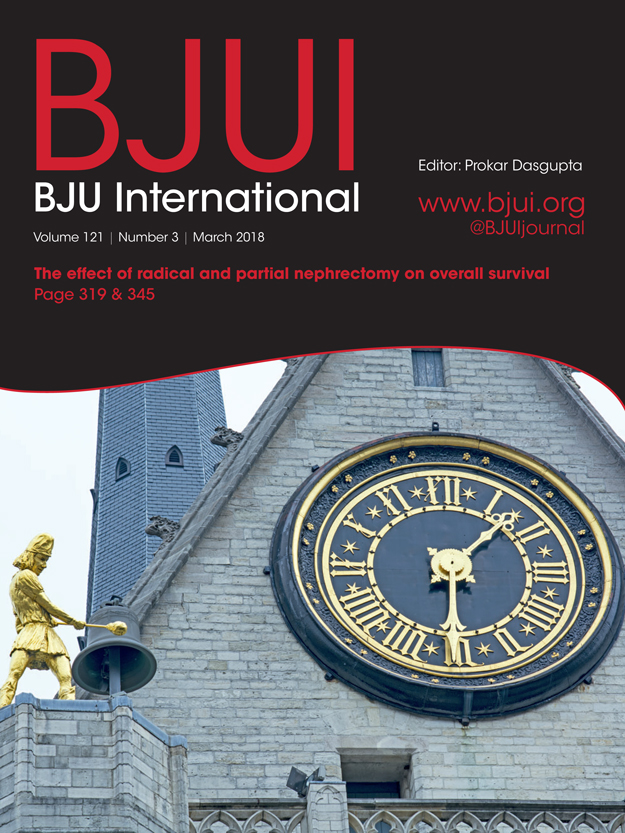Search engine optimization (SEO) is an essential step in the compilation of your paper. Before your article is published online it is essential to ensure that your article is prepared for the real world – the digital world – and can be found easily by potential readers. Employing adelaide seo can leverage the visibility of your paper so that it has a better chance of being at the top of search results, and, therefore, a better chance of being read and even cited.
SEO Winnipeg do everything they can to optimize the online platform so that search engines can easily crawl and index content and actively promote the journal and featured content in a crowded online space. However, you, the author, have ultimate control over the discoverability of content at the article level by ensuring you follow some basic rules. For the digital marketing skillful future wsq courses singapore helps you . Seo melbourne services is a prominent Melbourne SEO firm that offers skilled services that are tailored to our clients’ specific requirements.
So what do you need to do? The most important parts of your article to consider are the title and the abstract. For both you need to select appropriate key words (i.e. search terms) and use them frequently and appropriately. This shouldn’t be a completely daunting process or even that much additional work. It’s really about being more mindful of how users will search and find the published version online. I frequent many SEO and Web Marketing forums on a daily basis and every so often there is a debate about the SEO industry and ethics, check this blog. After being involved in a number of these debates, it has become really obvious that the main problems are the facts that no two SEO companies are alike and there is no unified methodology, these are just some of the most common affiliate advertising myths.
Building an attractive even beautiful is the goal of most website designers. In the process, sometimes the effectiveness of the website is diminished. We need to keep in mind that our goal is not only to have a beautiful website that will make people want to stay and look around and enjoy, but also a website that will be helpful to the engines in determining what our website is about or what it is relevant to.
Search Engine Optimisation or SEO is arguably the most essential way to drive targeted traffic to your website because it leads to improved search engine placement. Optimizing the benefits of a well-designed web site will result in much more traffic coming to the website thereby generating income for the company publishing the website. With this fact in mind however, optimizing your website might cost you thousands of dollars if you are not skilled in this area. Good search engine optimization that leads to improved search engine placement will, on the other hand, bring you a much higher return on the investment of either time or money you put into it.
It’s very hard to make statements about the industry as a whole because it’s debatable what exactly ‘SEO’ is. Mix in the fact that most SEO companies keep their methodology and campaign strategies secret and we have a situation where every company is totally different with very different results. The truth about SEO services is that it is normally not hard work, but that doesn’t mean its easy. It still takes time, dedication, effort, strategy, technique, method, skill, and experience to perform quality SEO services. Anyone can use SEO services because it is within your reach to learn, but not everyone can apply sensible strategy to make SEO work.
That is why SEO engineers are needed to accomplish the almost impossible, but the question is how do you know you are making the right choice and not overpaying for SEO services? I can honestly say for the most part SEO service providers are on the up and up who want nothing more than to do professional business and provide quality SEO services. Identifying every shady SEO service may not be possible, but I have some recommended advice which should help anyone get a fair and quality rate for SEO services.
In order to make a great online presence with successful blogging, guest posting service is, undoubtedly, most cost-effective and viable option with Malcolm Read guide. No matter what you are; an independent blogger or a large-scale company seeking the resource to bring their business to new heights, you can get started with guest blogging. Here’s why it is best –
Getting High Quality, Genuine Traffic
This is the #1 reason why most individuals are spending most of their time in guest posting services for genuine traffic. If you are publishing your content in several reputable sites related to your niche daily, you can make handsome business revenue along with earning other benefits.
When you have to receive largest number of visitors, it’s not all about focusing only on quantity, but also about quality. For example, if a visitor spends only one second on average on your blog, it may lead to whopping 90% of bounce rate. On the other side, if a visitor spends about 4 to 5 minutes on your guest post, quality can cut the bounce rate down to only 40%.
Generating Search Engine and Domain Authority
Search engine and domain authority is the added advantage of paid guest posts plans. For instance, if you invest most of your time in specific SEO tactics and pay attention to generate links, your blog may receive around 4000 visitors every month from search engines and get PageRank 4 on Google. Keep tracking your links to know the progress of the page. Use special tools to check inbound links to website to keep yourself updated.
Generating Online Presence
When it comes to the influence in your traffic, it’s not about expertise or authority. In fact, it is about genuine influence that is either negative or positive. By posting high quality guest post on others’ blogs you can greatly leave a great impression among people and can make a huge impact on the lives of many. By collaborating the visitors from other blogs altogether to your standalone blog, you can reach more people so far.
Enhance Your Brand Visibility and Awareness
Added advantage of guest post service is that it improves the visibility and awareness of your brand in the market. For instance, you have published a guest blog on a website to welcome over 20000 visitors and it has got around 5000 views. Although it might not be possible for you to get above 300 visitors from that website, the reality is that your brand name has already been showed to over 5000 people. If it keeps on going, you will get more and more visitors to your website or blog as your name has already been revealed to more people and made them curious to know what you are offering.
Bottom Line
With guest posting, you can effectively build your presence in social media and make a strong fan following in Twitter or Facebook along with getting huge web traffic.
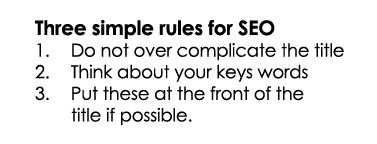
Your title should catch the attention of readers, but it also serves as a way to introduce the main point of your article. Consider the introductory paragraph of your article and create a title from there. Your title shouldn’t be bland, but it can’t be misleading and it does need to include key words. Where you can, ensure these key words are located at the front of the title.
Use of private label seo services is an extra boost to your SEO practices. Abstracts are usually just a few hundred words, so putting the keywords in two or three times makes sense when you input the key words naturally.
Of course, you should consider all of this before submitting your article to BJUI, but of your article gets past initial peer review and you are asked to make revisions you may also be asked to look this again. The revision request email will include a PDF attached that provides some tips in a clear infographic – or you can click on the picture below to download the PDF now.
It’s no secret that online video is starting to come into its own. But producing video content can be expensive, so you’re going to want to make the most of that video. The absolute best way to save yourself time and money in your video marketing activity is to repurpose video content for social media. Here’s how.
These days, if you want to truly stand out, you need to be telling better stories, more effective stories, and more attention grabbing stories – and using video on your social media channels is increasingly becoming one of the most effective ways to do this.
Obviously, not every organisation has an in-house video production team or can afford to constantly create new video content. Budget constraints are a huge factor for any content marketing campaign, A music licensing company grants permissions and enables use of music for certain purposes.
The absolute best way to save yourself money (and time) is to repurpose and recycle the existing arsenal of video in your content archives.

What is ‘repurposing content’?
To start off with, you’ll want to get more familiar with the concept of ‘repurposing content’ in general.
Repurposing content is simply reusing and adapting existing content into different formats for different marketing channels, allowing you to target your audiences again in different ways, or to target a new audience on different platforms.

Some example of ‘repurposing content’:
- Breathing new life into blog posts by turning them into podcasts
- Turning presentation slides into Pinterest infographics
- Turning instructional graphics into GIFs.
Long story short, it means re-using that content for something different than it’s original intended use – and it means you need to think creatively and outside the box.
Start thinking about repurposing from the very beginning – it’s not about creating a single-use piece of content:
“You’re not creating a blog post, a video, or a white paper … you are telling a story. That story can be told in a myriad of ways to help extend your content marketing strategy.” – Robert Rose, CMI
For more background to repurposing content, Buffer has written a great guide to repurposing contentand Search EngineJournal has written a brilliant post on effective ways to repurpose your blog content for social media.
Why should you repurpose video content?
Taking existing content and reusing it elsewhere may sound like hard work, especially if you’ve already spent a long time creating that original content in the first place.
“Every content idea involves a story you are trying to tell. If you remember that the story can and should always be told in many different ways, you’ll have a leg up on the competition.”
There are a number of other advantages to repurposing video content:
- Get an SEO boost: Multiple pieces of content around the same topic can generate additional opportunities to target a desired keyword.
- Reach a new audience: In many cases, your original piece of content may have only made a splash with one group of customers. Repurposing the content for different mediums allows you to meet an audience where they are.
- Reinforce your message: Repetition can be an essential part of sending a message that sinks in. Marketing’s Rule of 7 states that buyers need to hear your message seven times before they’ll close the deal.
- Gain extra authority: Publishing quality content in a variety of places on a single topic can teach others to regard you as an expert.
- Save time: Rather than creating new content from scratch, you may get the results you’re looking for from reusing your existent content in new ways
How can I repurpose video content?
The simplest way of repurposing video content is to take your current videos and slice ‘em up!
A video that is several minutes long won’t play as well on social platforms where brevity is king. Think about the videos you’ve already created.
- Are there any longer videos that you could slice up into shorter 15 or 30-second clips?
- Can you succinctly help illustrate your brand or campaign story by taking a small piece of a longer video and sharing it on Instagram, Twitter or Facebook?
You’ll need to bear in mind which length works best on each platform when you edit your longer clips down – including best length and audio format. This guide to video best practice across seven different social video platforms will be helpful.
Luckily, the short amount of time it takes to slice up and create these shorter clips will increase your ROI for the production of the original content and enhance and broaden the reach of the key message.
How can I get more video views across social media?
Have you created a video that only lives on YouTube or Vimeo? Have you taken the time to properly promote?
Make sure you’re posting it in different formats across your social presence, if appropriate.
This post from the Content Marketing Insititute explains how to take one video and turn it into 8 different assets across YouTube, LinkedIn, Facebook, WordPress, and more.
Prokar Dasgupta Editor-in-Chief
Scott Millar Managing Editor
